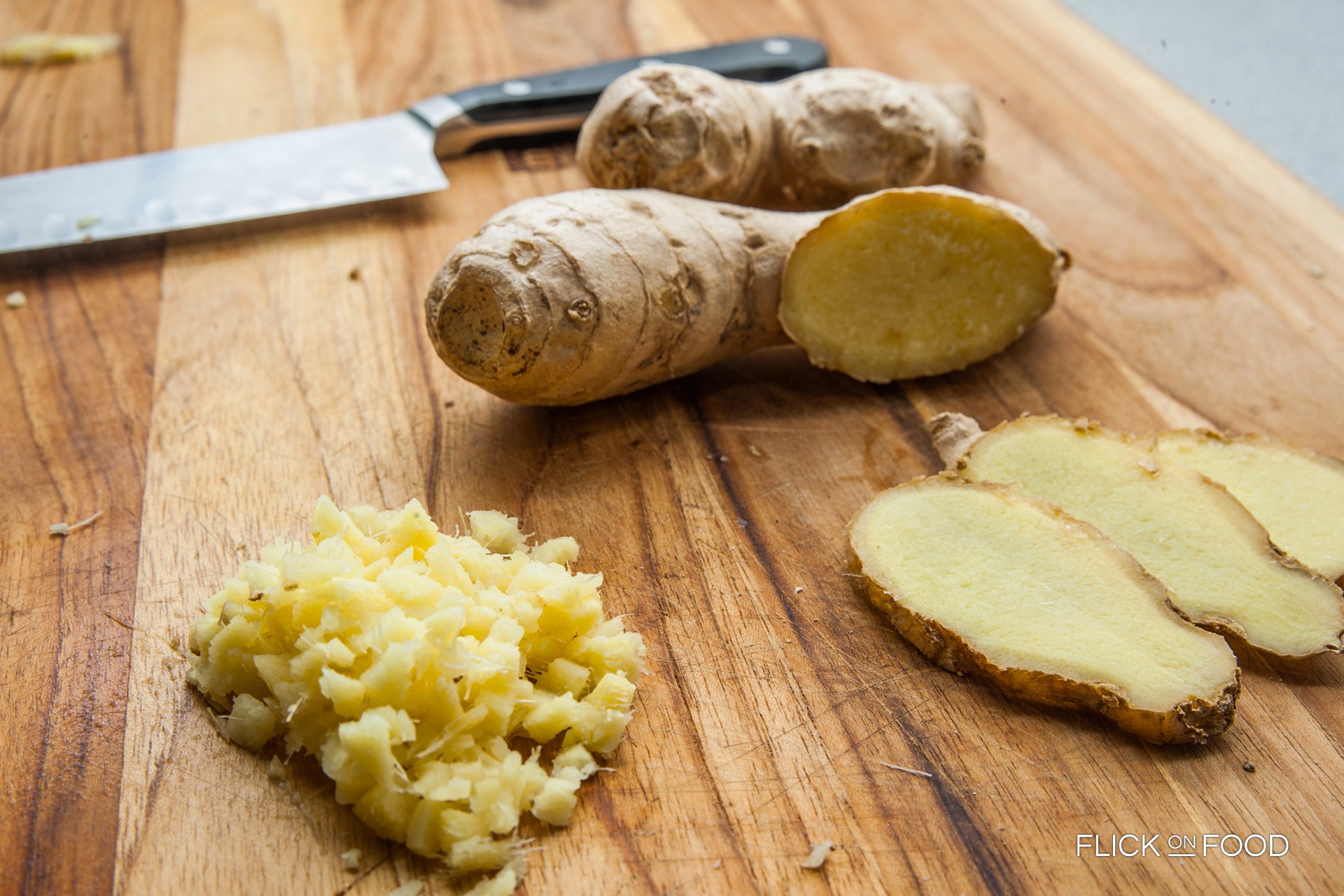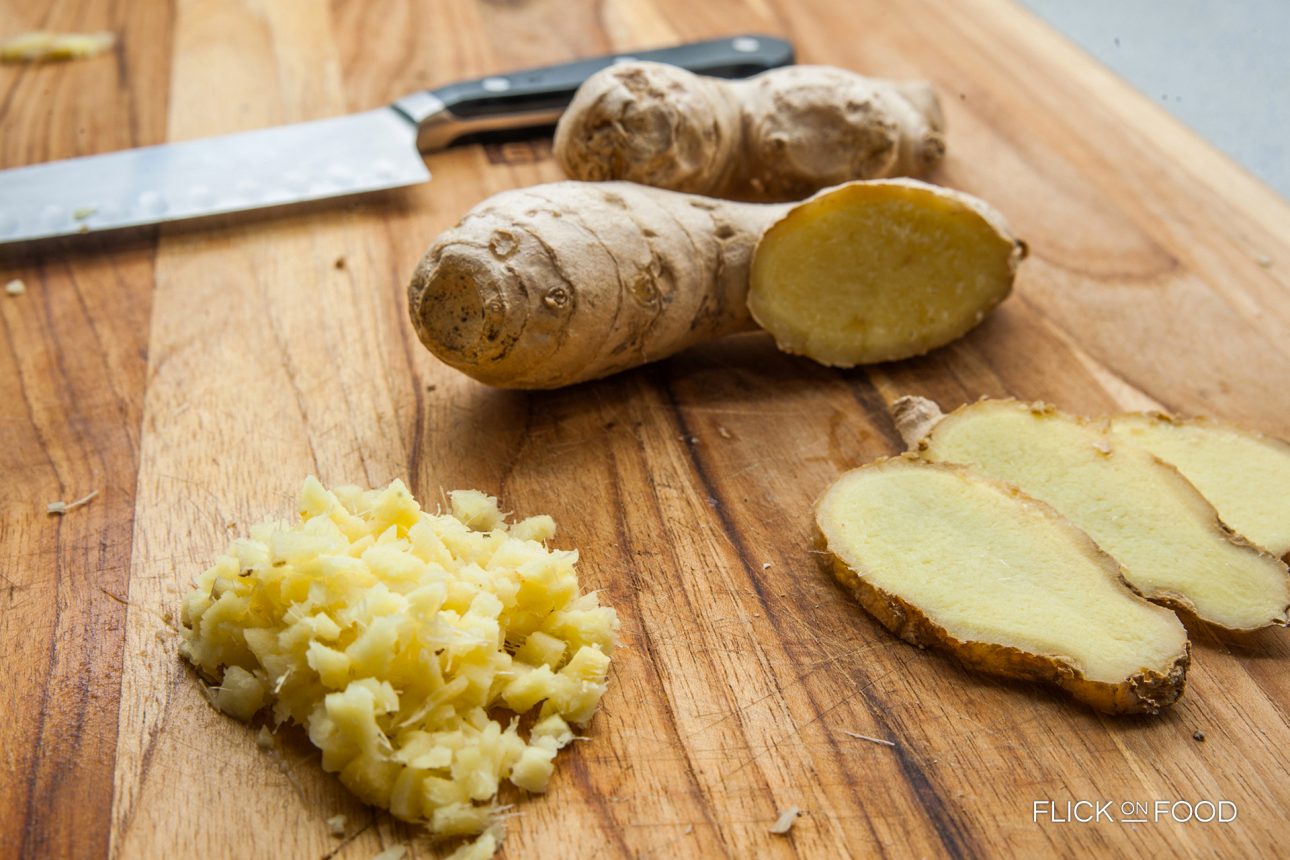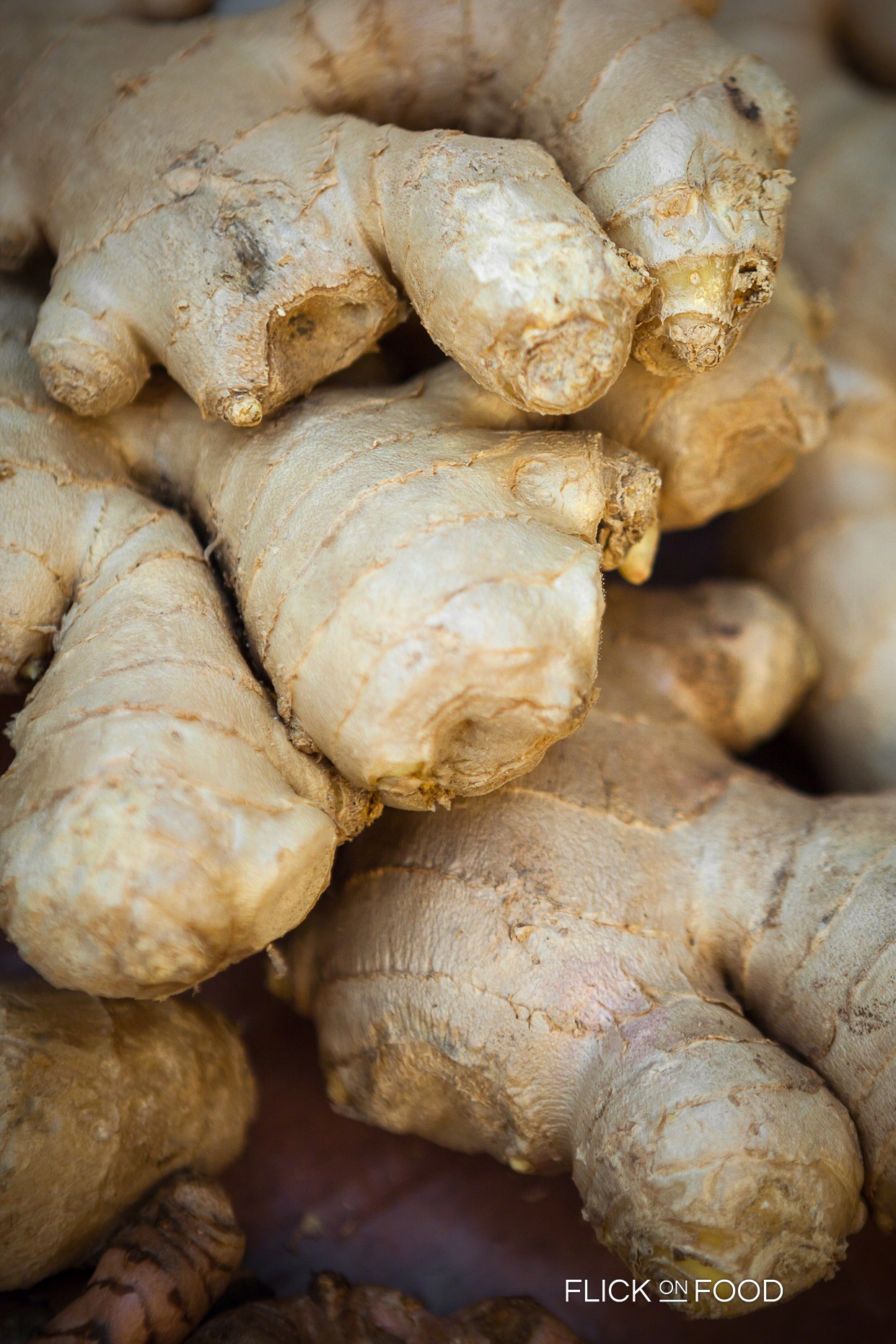
Sore throat? Chew a piece of ginger!
Origin
Ginger, genus Zingiber, is a perennial herb from which rhizome the famous spice is obtained. Its history is millenary: there are traces of it from more than 5000 years ago in Tropical Asia. This acrid and spicy taste left its mark in literature: it is mentioned in Mahabharata, the sacred Hindu book of the VI century and Confucius, the great thinker, thought that it was able to clear your mind and eliminate impurities. Its smell conquered Greeks and Romans that were willing to pay a high price to have it. It arrived in the western world from India, and when the Empire fell, Arabs had the monopoly of this spice. Europeans were pleasantly surprised by candied ginger but this taste conquered more the Asian cuisine than the western one. Today is mainly cultivated in India, Ceylon, Cina and Brasil.
Cook It
Ginger can be found in pieces, in powder, dried, candied or fresh. Sometimes also sprouts, leaves and flowers of it are used. The best season to buy the fresh rhizome is winter: be sure that root is thick, smooth and with no mold! To use it, it is necessary to peel it, and then you can cut it, mince it, squeeze it or grate it with a rotatory movement. It is perfect in desserts to contrast the sweet taste with some spice one. Ever tried cooked pears with ginger aroma? Ginger is good in savory plates too, where it gives a fresh fragrance, like lemon. It is an ingredient for sauces, chutneys, mixes of spices and beverages. Ever used ginger to spice up your tea? It’s enough to put some ginger powder in the water before boiling.
Did you Know that
Aphrodisiac spice, according to some myths it has the power to enhance males’ sexual prowess! Surely it has countless beneficial properties and in Ayurveda is very used. It is made by 300 different chemical elements and each of them has its own properties. It helps your heart and the digestive apparatus; it can help you fight pain, flu and infections. It is important in diets, since it is said that it warms up your body and burns calories. Without exaggerating, why don’t we use it more in our kitchens?




